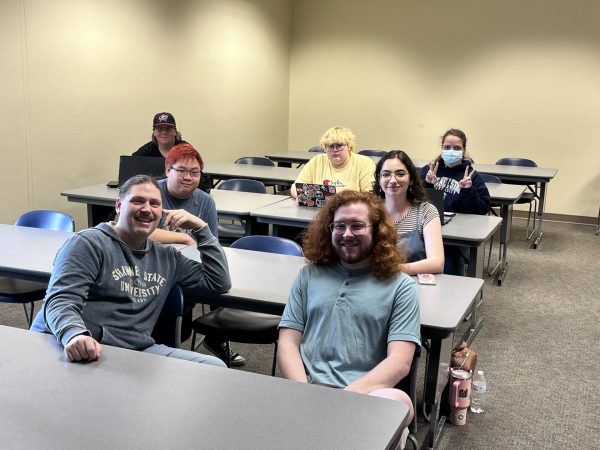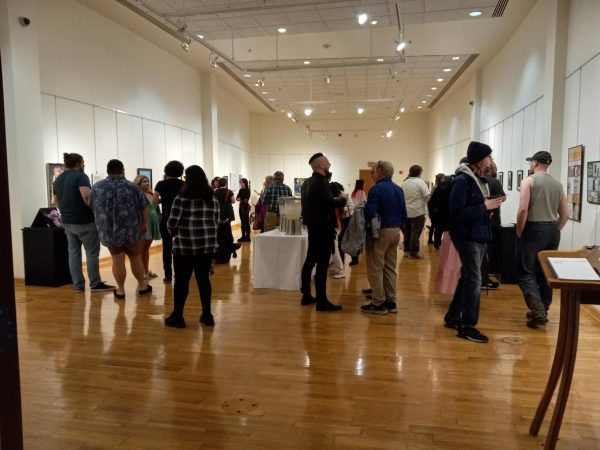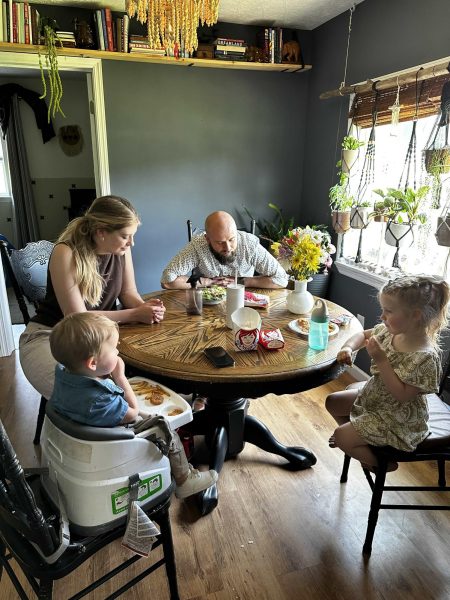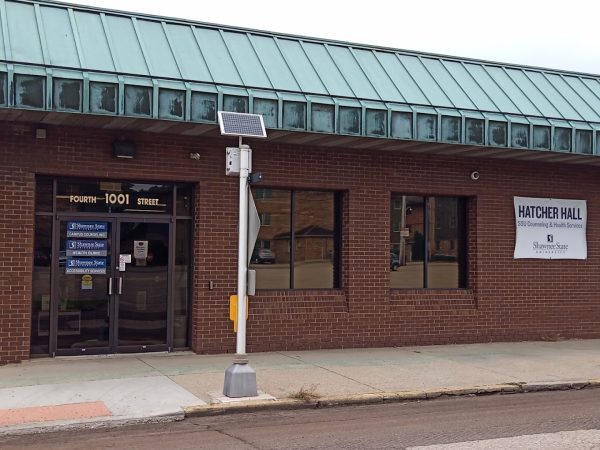Why Asian-American Hate Crimes are Surging in the United States
March 30, 2021
What is Happening to Asian Americans?
Over the last year, hate crimes performed against Asian Americans have increased dramatically. According to Stop AAPI Hate, one of the leading organizations in reporting hate crimes aimed at Asian Americans, more than 2,800 verbal and physical assault cases were reported throughout 2020. Sadly, Stop AAPI Hate was founded in 2020, and so it is very difficult to find national data from 2019 to compare the numbers from 2020 to.
However, data released by the New York Police Department shows that only one Anti-Asian hate crime occurred in 2019, whereas 20 had taken place within the first six months of 2020. This represents a dramatic increase in the number of crimes committed against Asian Americans, but the question remains: why is this uptick in hate crimes occurring?
Why are these Crimes Spiking in the U.S.?
One of the major reasons that Anti-Asian sentiment has increased so dramatically over the last year is due to the COVID-19 pandemic, and the belief that since the virus originated in China, it is somehow spread by and/or caused by Chinese-Americans. Obviously, this belief is not based in any sort of fact, but it is the reasoning behind many of the recent crimes committed against Asian Americans. As many people who hold this belief about the Coronavirus don’t bother to make the distinction between Chinese Americans and other Asian populations, hate crimes have risen across all Asian-American groups, regardless of their specific ethnicity. Increased tensions between China and the United States have only served to add fuel to Anti-Chinese American sentiment as well.
This anti-Chinese rhetoric was propagated extensively by former President Donald Trump, who early on in the pandemic began describing the COVID-19 virus by such terms as the “China Virus” and “Kung Flu”. Many of President Trump’s followers adopted these phrases, and despite many Republican politicians pushing against these names for the virus, they have proven quite pervasive even after President Trump has left office.
In addition to these factors, it is a well-documented phenomenon that tense political moments, such as election years and global pandemics cause an increase in hate crimes across the board. These two large political moments combined with the massive increase in anti-Asian rhetoric throughout 2020 likely played very significant roles in causing this increase in violence across the nation.
The History of Anti-Asian Crime in the United States
Asian Americans have dealt with a series of different stereotypes and surges in hate crimes throughout American history, ever since the first time Asian and American cultures truly clashed, through the illegal Opium smuggling many Americans participated in during the 1800s. One of the first and most major Asian American hate crimes occurred in 1871, when 17 residents in Los Angeles, California were killed by a mob of around 500 people. One of the most horrible events involving Asian American xenophobia occurred during World War II, with the creation of the Japanese internment camps, where more than 127,000 Japanese-Americans were held simply for being suspected of maintaining loyalty to Japan.
Another one of the major issues involved in the history of Asian Americans is the invention of the “Model Minority”. This is an idea developed in the 1960s by Sociologist William Peterson which simply states that most, if not all members of Asian American communities are successful and/or wealthy. This was used as a way to highlight that the only reason that African Americans weren’t successful was not because of systemic racism, but rather a lack of family structure and discipline. Despite the lack of truth behind this idea, the model minority has been used for decades as a way to create a wedge between Asian Americans and African Americans. The pervasiveness of the model minority myth is being used as one of the main reasons why many of the hate crimes against Asian Americans occurring now are committed by African Americans.
A Few Specific Examples of Recent Crimes
A few of the specific hate crimes that have taken place recently include a man stabbing three members of an Asian American family in Midland, Texas in March 2020 because he suspected that the family was Chinese and spreading coronavirus. Another occurred in February 2021, when a Filipino man’s face was slashed by a box cutter on the New York City subway.
The crime that received the most widespread media attention was undoubtedly one that occurred in Oakland, California in February when a 91-year-old man was shoved to the ground by an unknown perpetrator. Well-known celebrities Daniel Dae Kim and Daniel Wu offered a $25,000 reward in exchange for the identification of the perpetrator. This brought widespread attention to that event that was being drastically underreported by major news stations.
Action Being Taken in Support of Asian Americans
Many Asian American activists such as Amanda Nguyễn have taken to social media within the last few weeks to air their grievances and stand in support of Asian American communities. These social media posts have served to raise awareness and bring attention to the discrimination and violence these communities are facing, as well as sharing resources that can be used to help.
From a federal government perspective, President Joe Biden released a memorandum during his week of office acknowledging the damage that has been caused by politicians promoting anti-Asian language throughout the pandemic by connecting the coronavirus to its place of origin. The memo also promoted expanding data collection and hate incident reporting programs. During his Senate confirmation hearing, Merrick Garland, President Biden’s choice for attorney general also addressed these hate crimes and pledged to work to better report these incidents if he is confirmed to the position of the attorney general.
While this memorandum was seen as a good start by many activists, they also believe that further legislation and conversations need to be addressed in order to help prevent these attacks from happening in the future, while also decreasing discrimination against Asian Americans throughout the country.






